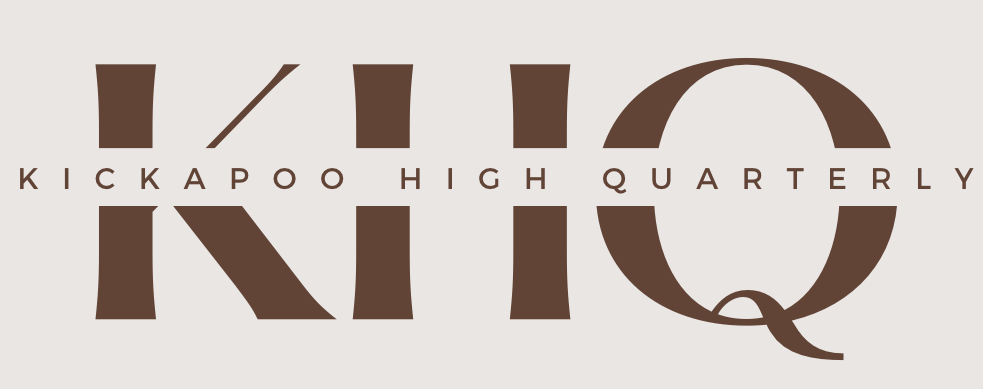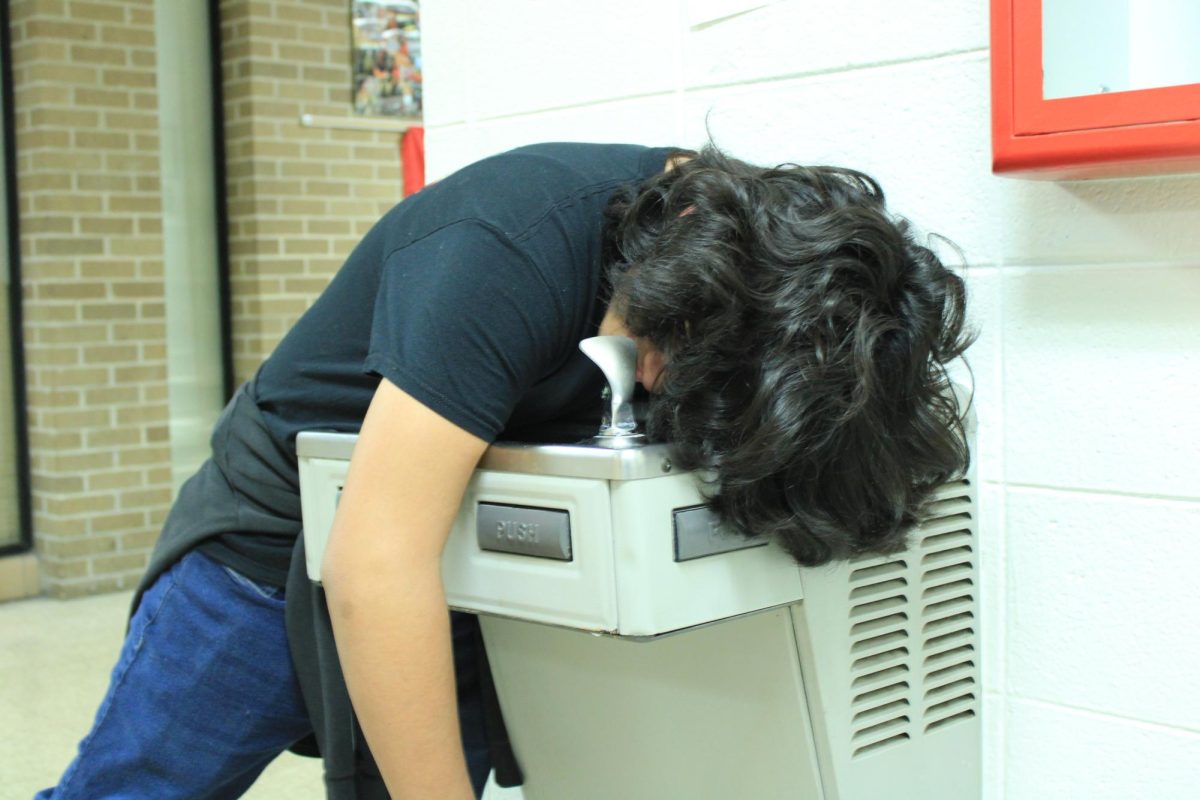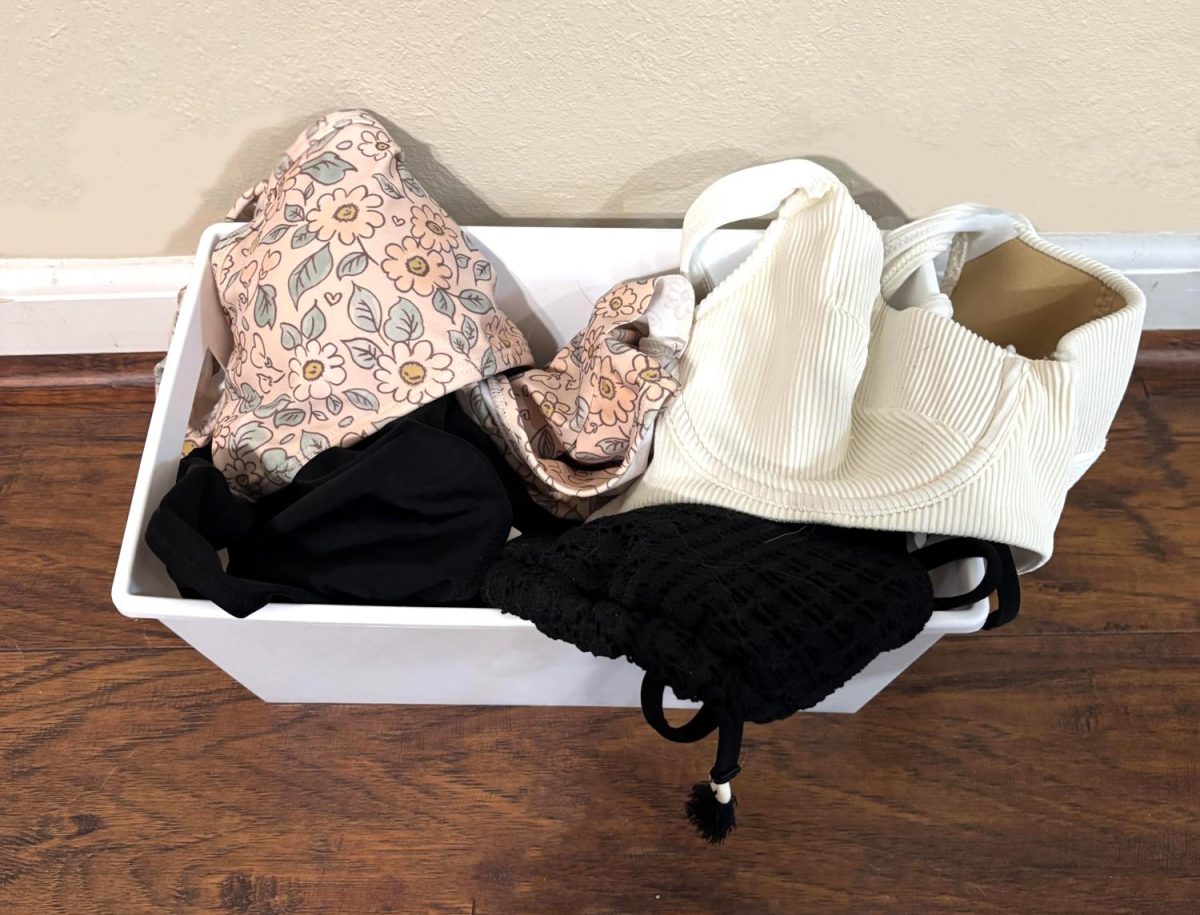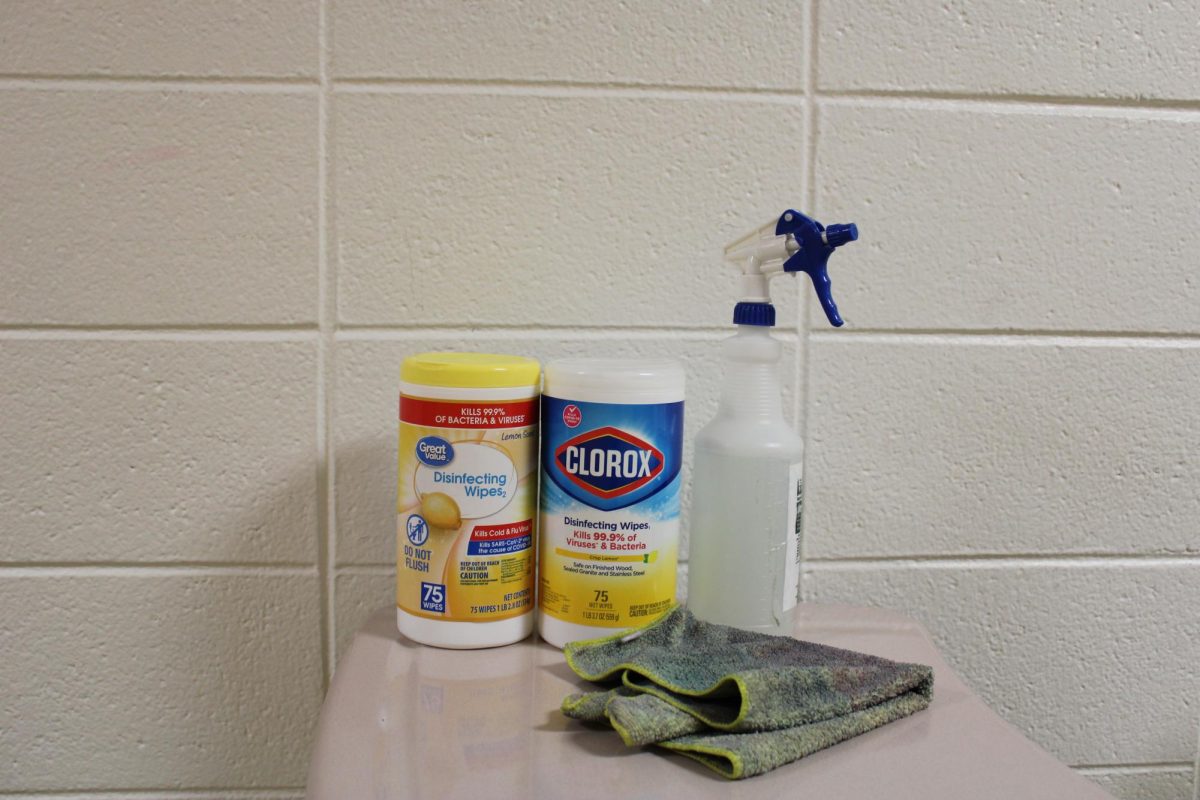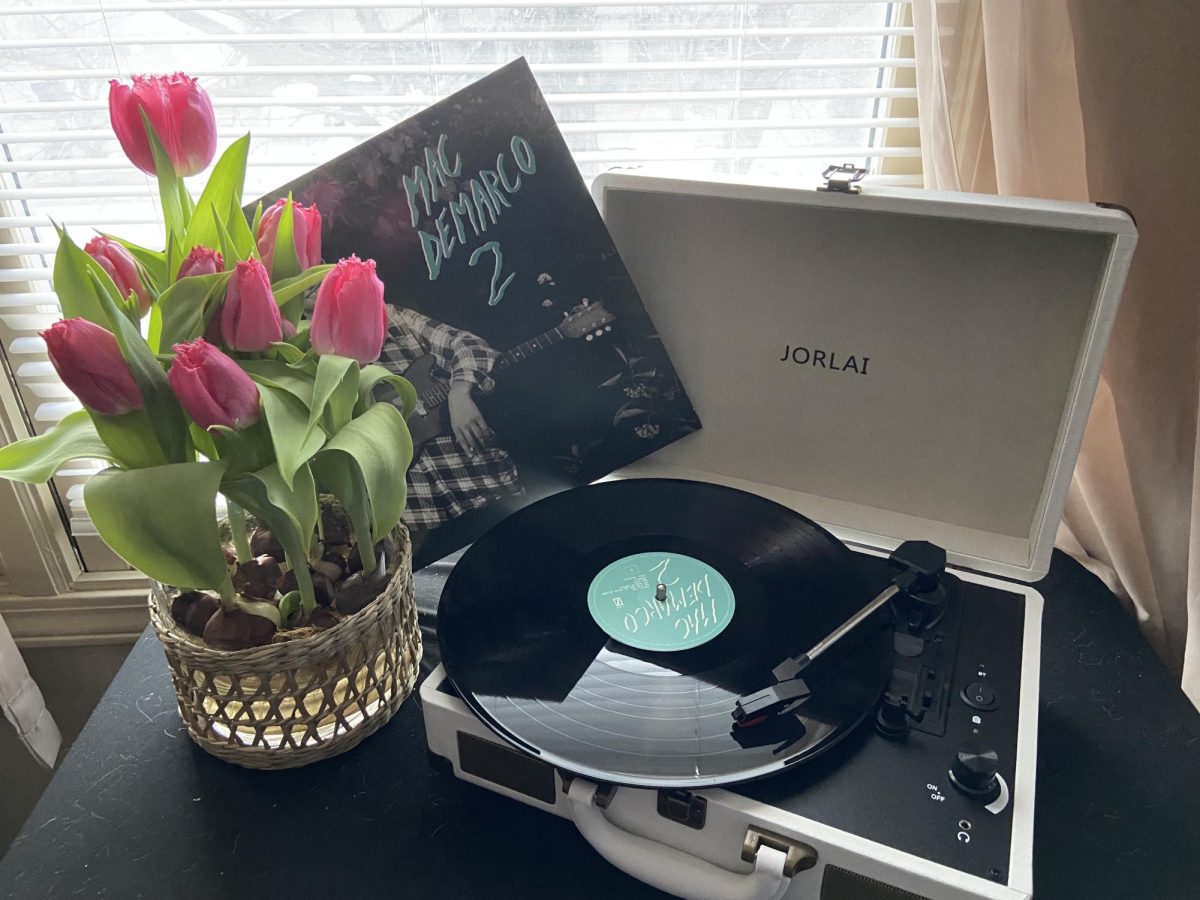Springfield Public Schools (SPS) recently tested the water for lead inside at all SPS buildings. These tests discovered that many water sources used for cooking or drinking contained water with lead levels higher than the limit imposed by the Get the Lead out of School Drinking Water act.
Most sources were in classroom sinks, especially in the science wing. There were a few sources used in the kitchen or water fountains that were contaminated.
The act set a limit of five parts per billion (ppb) at schools. Many sources of water here exceeded that limit, most were only by about two ppb, However this was not true for all cases. Some tests ranged up to 30 ppb and one even landed at 500 ppb, That is 100 times the limit set by the law. The average ppb landed around 11.5 ppb.
Axiom Service Professionals (ASP) conducted these tests here, collecting 190 pieces of individual data. After testing each source, they sent it back to the district leaving suggested activities such as removing and blocking the sources that are unsafe while labeling them as unsafe for cooking and drinking. These actions are being taken by the district.
ASP didn’t provide a full length plan for a long-term solution, but made suggestions such as removing sources of contamination, replacing piping, using sufficient water cleansing tools with regular maintenance on sources that were unsafe.
SPS’s long term plan for fixing the water issues is to replace pipes or water fixtures that are causing the levels of lead to be high. Some sinks will have filters installed alongside the replacement of piping. SPS did not provide a completion date for the repairs.
In the short term, SPS has deactivated water sources and posted signs stating that the water is not to be used for drinking or cooking purposes. The repairs are being funded by a $27 million fund allocated by the state of Missouri. Each school receives a minimum of $5000 though schools are able to receive more depending on necessity.
According to the district, water sources that were not intended for consumption will remain with signage posted denoting that it’s not for consumption.
Overall, the district is taking steps to improve the quality of the water at the school and restore it back to what standards are to provide safe water for students.
